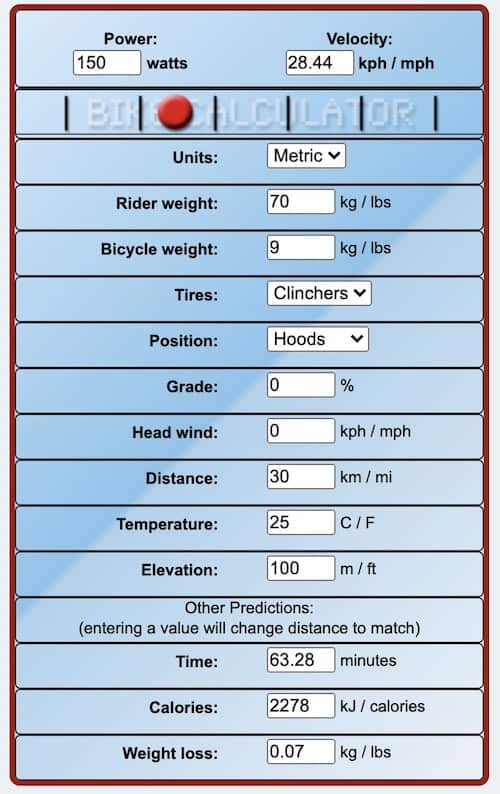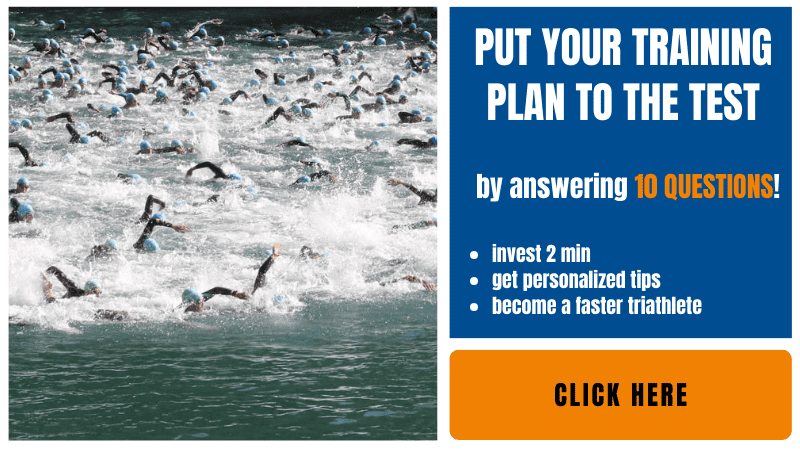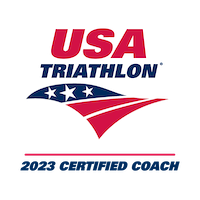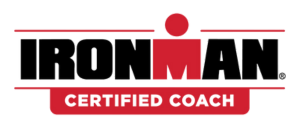As a triathlete, I am spending a lot of my free time training and racing. I have the big advantage of having a wife who is also doing triathlon, which helps a lot in planning. However, I don’t want that our life is all about triathlon. Training between 7-8 hours per week is currently working for us, but I still wonder what else we could do to get faster except training more?
Once you reach a certain amount of training hours per week, getting faster by adding more volume is not an option anymore. Instead, you can get faster by investing in better equipment, using some of our hacks, or training smarter.
If you follow all advice from this article, you could save more than 15 min on your next Olympic triathlon!
SAVE TIME BY UPGRADING YOUR GEARS (UP TO 14 MIN)
I tried to analyze what an average triathlete with a basic gear set up can save by upgrading his equipment. Those times are far from being perfect. They can vary greatly with the wind, the course profile, the rider, and much more. I found nevertheless that they can give you a decent first idea.
The time saved is estimated for an Olympic distance triathlon.
Swimming:
- Wetsuit (~ 2 min): Chad Montgomery analyzed the data from the Chicago 5K open water swims where wetsuit swimmers and non-wetsuit swimmers are ranked separately. He managed to find swimmers who switched from one year to another. After analyzing the data, he concluded that having a wetsuit could make you faster by around 7%. Taking a 30-32 min swim and the time you will need to take it off, you can realistically expect to save around 2 min in an Olympic triathlon.
Biking:
All savings below are linked to aero savings. I always thought those make sense only when riding at high speeds and hence are only interesting for pro athletes and not for us amateur triathletes – I was quite wrong! Before looking at each of the time savings, I highly suggest you have a look at the video below from Specialized, which explains the logic behind time savings:
- Aero bars (~ 1min 40) vs. drop position: the time difference would be even higher if the comparison would be between a seated position (hands on the hoods) vs. using the aero bars. However, most triathletes would try to bend the elbows slightly or go from time to time on the drops. So the analysis of aero bars vs. drop is probably a fairer comparison. If you look at the specific video of the study on Youtube, you will see that the rider is not bending her elbows completely on the drop, which would be a position near impossible to maintain for a 40k ride in triathlon.
- Aero bike (~ 1min): Another video from “the Win Tunnel” Youtube series claims a 59s gain from an aero bike (Specialized Venge) vs. a road bike (Specialized Tarmac)
- Time trial bike (< 1min): Looking at the study from Cycling Weekly and Boardman, most of the aerodynamics’ gains come from having an optimized aero position. They didn’t see a significant difference between an optimized road bike with clip-on bars and a time trial bike (-3 watts in their specific test). However, I would mention that riding a TT bike can also bring advantages that were not part of this study, like comfort while holding this aero position and the possibility of changing gears while staying on the aero bars.
- Tri suit (~ 2min30): You will gain at least 30s in transition for not having to change from a swim short to a bike/run outfit and roughly 2min for its aerodynamic advantages (link to some studies: Race road bike clothing – Skinsuit)
- Aero helmet (~ 40s): difference calculated in a wind tunnel between the road helmet Prevail and the aero helmet Evade
- Deeper wheel section (~ 3min): On one head to head comparison, Cycling Weekly found a 2km/h difference between riding a standard bike wheelset and a deep section wheelset. The difference even increased to 3.2 km/h when comparing it to a front tri-spoke and a disc wheel at the back (at 300w).
As with any study in general, you should really take those results with a grain of salt. They are always assumptions taken by the person who does those experiments. I think it can give you a first idea of what you can expect.
A tool I use quite frequently for any “what if” bike scenario is bikecalculator.com. If, like me, you would, for example, like to know how much time you could save by simply changing your position on the bike, check it out, and play a bit with it.

Running:
- Carbon plate shoes (~ 2 min): Carbon plate shoes are the new trend in running and now triathlon. A study from the New York Times concludes that you would be 4-5% faster wearing certain models of shoes with carbon plates. Translated in your Olympic distance triathlon, you could save roughly 2 min on the run.
SAVE TIME BY USING THOSE HACKS (UP TO 45s)
After being through the expensive gears, those hacks will seem minimalistic, but they will help you save some time.
- Elastic shoelaces (~ 10s): once you set them up correctly and train with them, it is an easy 10s out of your total time.
- Have your shoes already ready on your bike (~15s): tying your bike shoes on your bike with the help of elastics will make your transition slightly faster.
- Run with no sock (~20s): if time is what you are after, you will be faster without putting socks on. If it’s worth it or not for you, well, I wrote a full article about that (Socks vs. No Socks: The Question In Every Triathlete’s Head).
- Bike fit: beginner triathletes often neglect it, but a good bike fit will definitely make you a faster triathlete. I wrote an article listing what you should know before doing one. Check it out!
SAVE TIME BY TRAINING SMARTER
It is hard to put a specific time on that section. It will vary a lot based on your current training and condition. The goal here is to keep the same volume you are currently doing but adding more quality training.
- Make use of indoor biking: if you are not yet including indoor bike intervals, I highly recommend it, even in summer. I personally saw a dip in my FTP when I stopped training indoor during the summer months. I now try to include at least an indoor ride per week in my training plan.
- Practice brick sessions: All triathlon plans will have brick sessions included; just don’t skip them. The strange feeling you can get when starting the run portion will be reduced. Check out your pace during the first km of the run. It is really easy to go harder than needed.
- Practice transition: it is really easy to skip transition training. However, a thought-through transition will save you some important seconds. Make sure to check the entrance and exit of the transition once you arrive at the race location.
- Swim sometimes in a lake instead of a pool: in a lake, you can practice getting better at swimming straight as well as getting used to sight during open water swimming.
The key is now to implement some of the tips you read today (doing all will probably ruin your budget 🙂 ) and see some improvement in your next triathlons.
BONUS VIDEO
Check out Javier Gomez making a comparison in the wind tunnel between a modern aero set up and the best tri bike equipment from the 90s.



